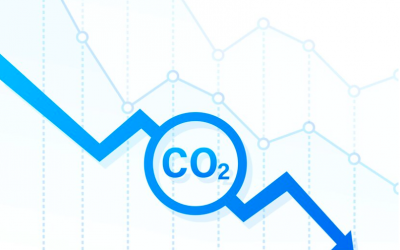Carbon footprint, an update on the regulations in 2022
🎬 Interview with Philippe Mangeard, President of Global Climate Initiatives
For all companies with more than 50 employees, 250 employees?
Precisely, the law requires companies with more than 50 employees to simply make their scope 1 assessment, i.e. the most uninteresting part of the assessment, the one that only concerns direct energy consumption: diesel, gasoline, wood, coal, it means very little, less than 10% for most companies of their carbon footprint. What is most interesting in a carbon footprint is scope 2, the energy that we buy: electricity, heating, cooling, but especially scope 3.
The scope 3scope 3, which includes all the carbon that I import from suppliers through my purchases and the carbon that I generate through my products sold. This is 80% of my carbon footprint. Today, if the law only requires Scope 1, it's useless. So we tell companies that they must turn this constraint into benefits!
In order to meet this obligation, to make their complete scope 1, scope 2, scope 3 assessment and thus take full advantage of the economic and good management benefits of a complete and well done carbon assessment.
Companies with more than 250 employees are the first to be required to carry out a carbon footprint (all carbon footprint scopes) by December 31, 2022.
Companies with more than 50 employees have a grace period until December 31, 2023.
For ETIs, large companies and local authorities?
All companies with more than 500 employees and all local authorities with more than 50,000 inhabitants are obliged to carry out a regulatory GHG assessment (carbon assessment) for local authorities at least once every three years and for large companies at least once every four years.
We can see that they are becoming our first customers because they have understood that with the easy access to the methodology of the carbon footprint thanks to our platform, they can do all these assessments by themselves and no longer have to go through consultants, which means reducing costs, which means reducing deadlines and especially improving the productivity of this carbon footprint that they will be able to do every year.




